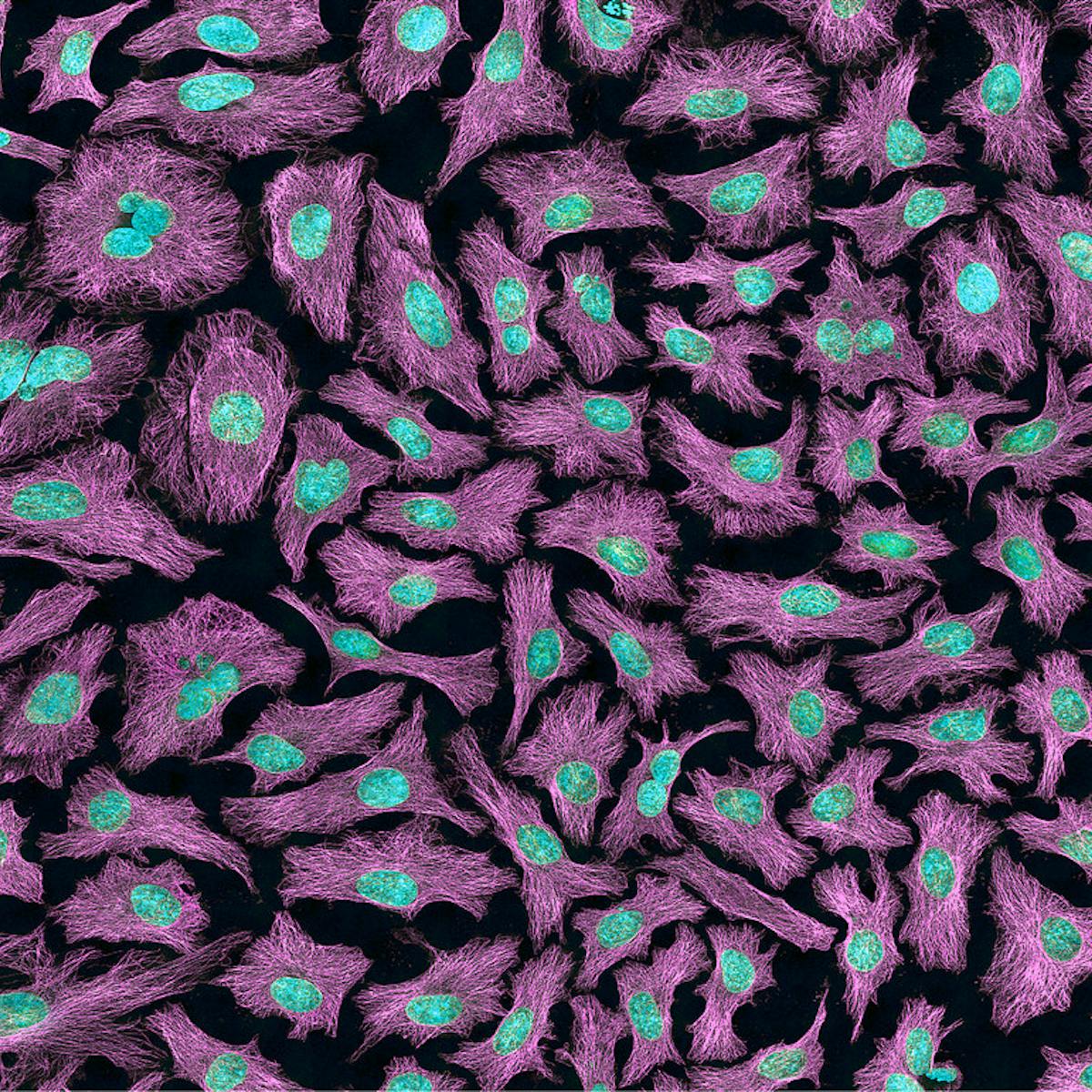As a biomedical sciences student, what initially drew me to this module was my interest in stem cells and genetic engineering. I am currently reading The Genetic Age: Our Perilous Quest to Edit Life by Matthew Cobb, which chronicles the history of gene editing, from its advent in the 1960’s to our current day. In it, he recounts the 1975 Asilomar Conference on Recombinant DNA, and its lasting impact on how scientists maintain their ethical responsibility of public safety.

SV40 and Asilomar
In 1974, Paul Berg was attempting to use tumour-causing simian virus 40 (SV40) to introduce the E. coli lac gene into mammalian cells. He also successfully introduced SV40 into E. coli, which became one of the first successful recombinant DNA experiments. However, this led to concerns from other scientists that the bacteria containing SV40 could escape his lab and cause cancer in infected people. Berg agreed to place a temporary moratorium on all recombinant DNA experiments, leading to a lot of panic in the public, as people rightfully wanted to know just how dangerous these experiments were.

In 1975, Berg and around 100 other scientists in his field gathered at Asilomar Conference Centre, California to draw up safety guidelines for recombinant DNA experiments, with reporters present. Over several days, they discussed bio-safety precautions and which experiments should and shouldn’t be taken. Some took a very utilitarian approach, arguing that a few people hypothetically getting infected by an escaping virus was outweighed by the potential benefits of recombinant DNA technology, and that any guidelines were impinging on their academic freedom as scientists. Others argued that even one person hypothetically getting cancer was too much of a risk. Eventually, the participants were able to agree on safety protocol and containment strategies for recombinant DNA experiments and even prohibited some that were considered too dangerous.
The Lessons of Asilomar
In 2008, Berg published an opinion piece in Nature Magazine reflecting on Asilomar and posing the rhetorical question of whether another similar conference would resolve the current controversies in science at the time: “foetal tissue, embryonic stem-cell research, somatic and germ-line gene therapy and the genetic modification of food crops”.
While Asilomar’s participants didn’t discuss the ethical nor social aspects of genetic engineering and only focused on the health risks of the specific recombinant DNA experiments, it was the first example of wide-scale self-regulation within the scientific community. It created an expectation for the same standard of social responsibility to be applied to all future forms of genetic engineering and its associated technologies.
A re-evaluation of self-regulation
In his Asilomar opinion piece, Berg brings up an important and worrying point: most scientists in recombinant DNA research at the time worked in public institutions whereas scientists today often work for private biotechnology companies. They are at the behest of their employers, forced to place the financial interests of the companies before the health and safety of the public.
In his book, Cobb points out that public decision-making in genetic engineering has been limited so far. At Asilomar, policy was only made between scientists with some input from lawyers. There were reporters present but only for transparency’s sake; public trust was gained, but they weren’t involved in the process itself. He argues that the potential impact of today’s gene editing technologies means that “public involvement in decision-making, on the basis of open experimental data rather than secrecy and suspicion, needs to become widespread and routine” and “it is only because of public disquiet that has prompted the introduction of regulatory control that genetic engineering thus far has been safely deployed”.
My thoughts
I agree with Cobb that there must be an open and stronger line of communication between scientists and the public. Genetic engineering is a constantly evolving frontier of biomedical science, with new frontiers being discovered constantly. It is far too easy to be swept up in the excitement of it all and tumble down the rabbit hole, performing unnecessary experiments in the name of progress and notoriety, like in the case of He Jiankui’s embryo-edited twins. There are numerous ethical implications surrounding genetic engineering; it toes the line between life-saving somatic therapies and flirtations with – if taken too far – eugenics.

Science should be for the benefit of many, not few. All people deserve to have access to important and life-saving technologies and furthermore, should have knowledge of and a say in how those technologies are regulated and applied. In his own opinion piece about Asilomar, pioneering microbiologist and conference participant Stanley Falkow wrote in 2012: “The (very privileged) social contract by which science is sustained depends on the public continuing to understand why this work is beneficial and worthwhile.” And more than a decade later, his words ring truer than ever.
References
Berg, P., 2008. Asilomar 1975: DNA modification secured. Nature, 455(7211), pp.290-291.
Cobb, M. (2022) The Genetic Age: Our Perilous Quest to Edit Life. London: Profile Books.
Falkow, S., 2012. The lessons of Asilomar and the H5N1 “affair”. MBio, 3(5), pp.e00354-12.

:focal(808x298:809x299)/https://tf-cmsv2-smithsonianmag-media.s3.amazonaws.com/filer/53/c3/53c3b6a3-929b-43f1-bf61-2d2cafbbecca/lacks1.jpeg)

This is an initially reflective and well researched blog showing how you have chosen to explore the emerging field of…
This is a good attempt at a blog, where you reflect on your recent learning at a lecture/workshop to describe…
This is a fair to good blog, reflecting on your recent learning in some of your modules. You provide a…
This is an engagingly written and reflective blog focussed in general on ethics in medicine. You might improve by citing…
This is a good and well written an presented blog on an original subject - biofilms on implants. You explain…